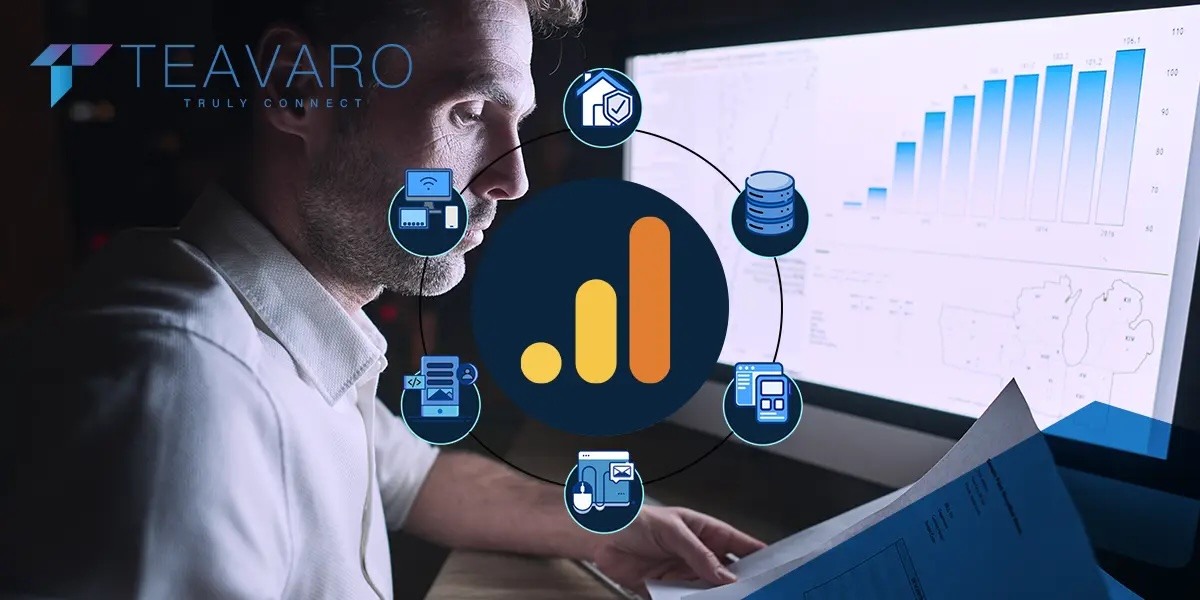In the ever-evolving landscape of digital advertising, Google’s decision to cancel the depreciation of third-party cookies has sent ripples through the industry. Initially planned to enhance user privacy by blocking third-party cookies, Google’s announcement has given marketers and advertisers a temporary reprieve.
However, the emphasis on user privacy and compliance with stringent privacy regulations means that reliance on third-party cookies will inevitably wane. As browsers like Firefox and Safari phase out third-party cookies, marketers must adjust their strategies and tools.
This blog explores the implications of Google’s reversal and highlights the importance of a robust first-party data strategy. As major web browsers enhance tracking protection and privacy laws tighten, understanding first-party data collection and its strategic implementation is essential. We will examine the benefits of first-party data, its impact on customer behaviour, and how businesses can adapt their martech strategies to thrive in a post-third-party cookie world.








